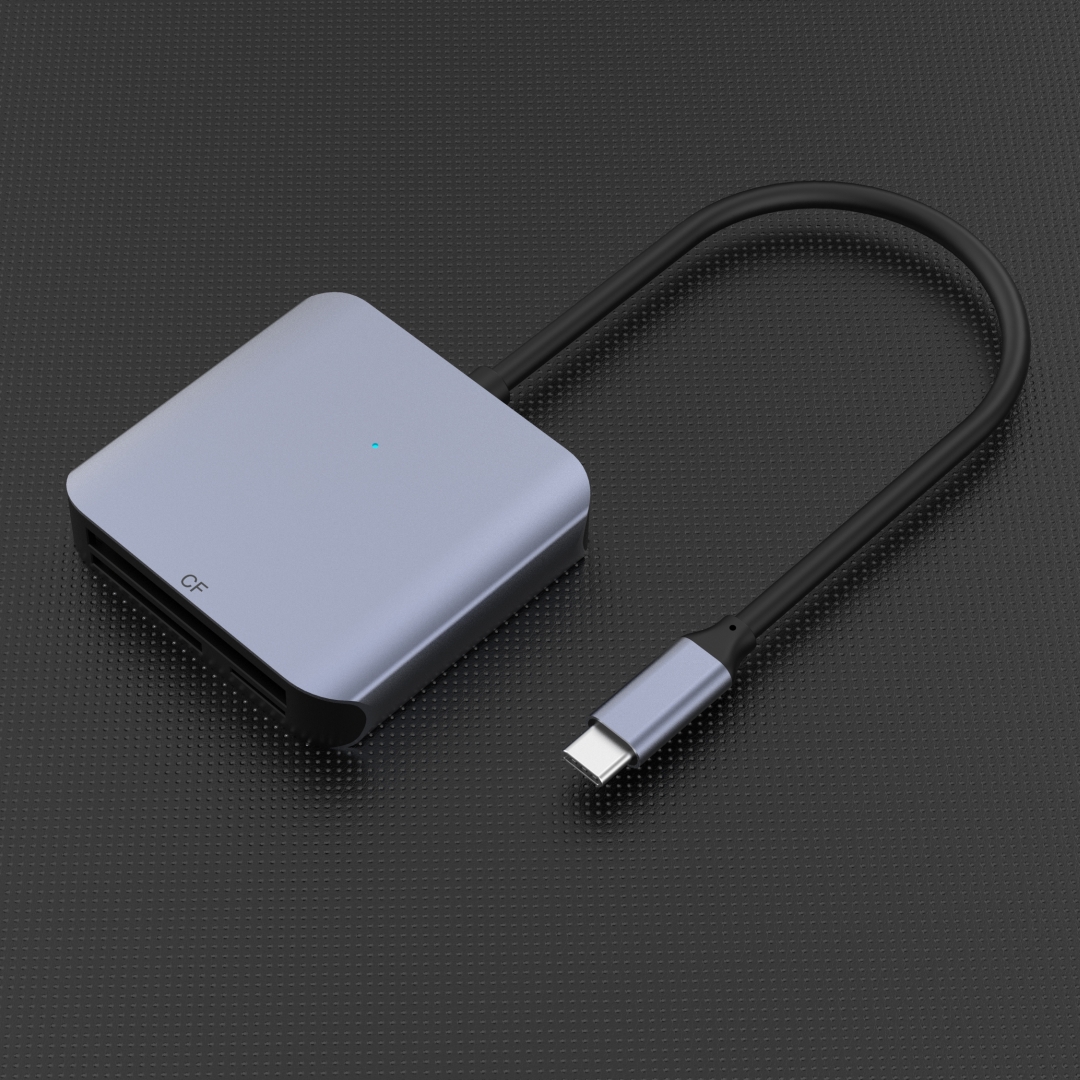Unveiling the World of USB Hubs: Functionality Explored

In today's tech-driven world, USB hubs have become an essential device for managing multiple USB connections efficiently. A USB hub acts as a central hub that expands a single USB port to several additional ports. It allows users to connect various USB devices simultaneously, augmenting convenience and productivity.
Exploring the Different Types of USB Hubs
USB hubs come in various types, catering to different user needs and requirements. The most commonly used types include:
1. Self-Powered USB Hubs: These hubs draw power from an external power source, such as a wall adapter or power bank. They are ideal for connecting power-hungry devices that require high power delivery.
2. Bus-Powered USB Hubs: Unlike self-powered hubs, these hubs derive power from the host device (e.g., a computer). They are suitable for connecting low-power devices like keyboards, mice, or USB flash drives.
3. Standalone USB Hubs: These portable hubs do not require any external power source. They obtain power directly from the connected devices. Standalone hubs are compact and lightweight, making them an excellent choice for users on the go.
The Working Principle of USB Hubs
The hub consists of a controller that manages data flow between the host device and connected peripherals. When a USB hub is connected to the host device (e.g., a computer), it acts as an intermediary between the host and the connected devices.
When a peripheral device is connected to the USB hub, the hub negotiates with the host device for appropriate power and data transfer rates. The hub then distributes power and data signals among the connected devices, ensuring proper communication and efficient performance.
The USB hub's controller intelligently switches data signals between the host and connected devices, ensuring smooth operation even when multiple devices are in use simultaneously. This switching process happens rapidly, making it appear seamless to the user.
The Future of USB Hubs: Expanding Possibilities
As technology continues to evolve, USB hubs are also improving to meet the demands of modern connectivity. USB hubs now offer advanced features like USB-C ports, which support faster data transfer speeds and power delivery.
In addition, the integration of USB hub functionality into other devices, such as monitors or docking stations, is becoming common. This integration allows for a seamless user experience and further enhances the productivity of individuals working with multiple devices.
Conclusion: Embracing the Versatility of USB Hubs
USB hubs have revolutionized the way we connect and interact with our devices. They have become indispensable tools for managing multiple USB connections effectively. With their various types and working principles, USB hubs provide flexibility, convenience, and enhanced productivity to users across the globe. As technology progresses, the future of USB hubs is anticipated to bring even more exciting possibilities, empowering users to seamlessly connect numerous devices with ease.



